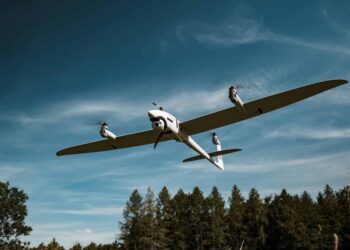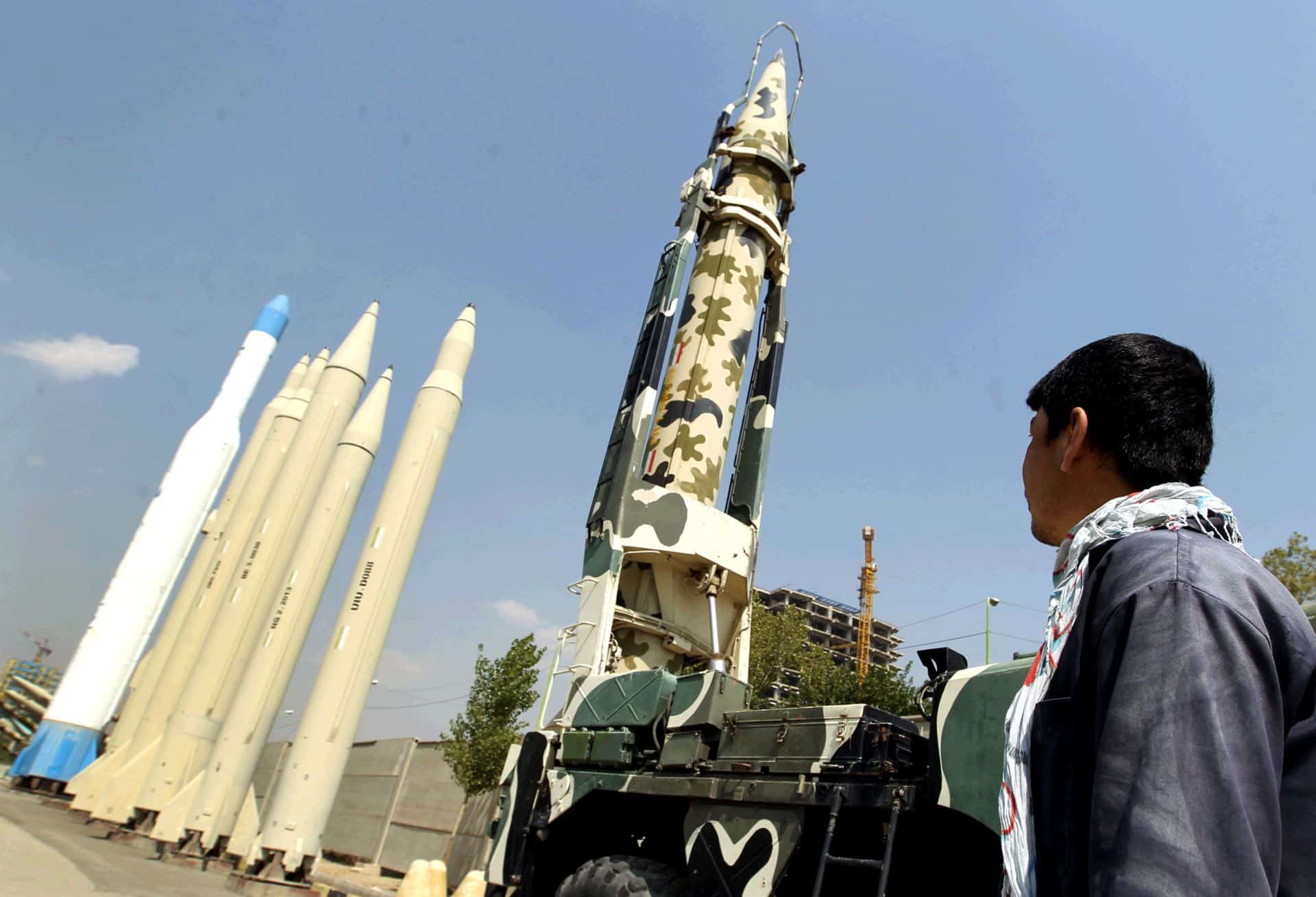EADS Military Air Systems, MUNICH, Germany: The EADS Military Air Systems Business Unit has for the first time flight tested an innovative aircraft for the development of future operational Unmanned Aerial Vehicles (UAVs). During the recent 20-minute flight, the jet-powered air vehicle, which is known to initiated experts by its project name 'Barracuda', followed a pre-programmed course completely autonomously, merely being kept under observation from a ground station.
This flight marked the successful completion of the first test phase, which also comprised an extensive series of ground tests. Following presentation at the International Aerospace Exhibition ILA in Berlin, the further development and testing will be continued.
“With the first flight of our technology demonstrator for unmanned high performance military systems we have thrust the door wide open to one of the most promising future global markets in our branch,” said Dr. Stefan Zoller, the EADS Executive Committee member responsible for the company's defence and security business. “We now have an additional, more powerful test platform at our disposal for the further development of our core technological competencies in this extremely important field,” Zoller continued.
Johann Heitzmann, Head of Military Air Systems within the EADS defence activities, underlined that “with the tests conducted up to now we have delivered the proof that we are able to independently develop and test a demonstrator for future agile, autonomous and network-capable unmanned mission systems. This brings us closer to our goal of capturing major shares of the UAV market, which in future will continue to grow in significance and sales potential.” Heitzmann continued: “We envisage putting the test system, which has within roughly three years been designed and developed up to test maturity by Military Air Systems in Germany and Spain, at the disposal of all those partners in Europe who are interested in the development and production of UAVs for military and other national tasks.”
The technology demonstrator has been predominantly financed from EADS' own funds and contributions from the participating suppliers and was built at the EADS sites in Augsburg, Manching and Getafe/Spain. The first test phase being completed, Zoller and Heitzmann took this opportunity to thank the project team under Dr. Peter Hunkel on behalf of EADS for the “technological breakthrough” they had achieved.
Future UAV technologies ring in a new era
The test series now having been completed, Dr. Rolf Wirtz, who as Head of Operations at EADS Military Air Systems is responsible for the design and development of the UAV demonstrator, revealed first details of this EADS technology demonstrator: “The experimental system is eight metres long, has a wingspan of more than seven metres and a maximum take-off weight of just over three tonnes. The testbed is propelled by a jet turbine from Pratt & Whitney Canada which delivers 14 kN thrust. It operated entirely autonomously during its first flight, only being monitored for flight safety purposes from a ground station on the San Javier air base.”
This demonstrator contains a mass of technological refinements, even if as many commercial-off-the-shelf (COTS) components as possible have been used in its basic systems. “The structure of this unmanned aircraft is made entirely of carbon-fibre composites (CFC) and was manufactured on the basis of a new EADS patent at the company's Augsburg plant. The wings, which are also manufactured from CFC, come from the EADS plant in Getafe near Madrid. Apart from the landing gear, this is an “electric airborne system” that, in contrast to conventional aircraft, therefore dispenses with hydraulic components and uses electro-mechanical actuators instead,” Wirtz explained.
In unmanned systems, the decisive features are failsafe and non-jammable data transmission between the UAV and the ground station and also reliable flight guidance and control. This requirement was met by, among other things, developing and integrating a triplex flight control and navigation unit. The demonstrator is designed as a user-friendly technology platform for the testing of a wide spectrum of payloads. The avionic system, for instance, was developed as an open and modular structure that allows a large number of sensors to be integrated into the demonstrator. According to current planning, these will include electro-optical and infrared sensors, laser target designators, an Emitter Locator System (ELS) consisting of detectors for picking up radio-magnetic signals and also advanced Synthetic Aperture Radar (SAR) systems, which can be integrated on the multisensor principle, being accommodated in the payload bay. In addition to this, it is also possible to equip the testbed for stores tests.
Even if this UAV demonstrator is not a product that is destined for series production, either alone or in cooperation with European partners, EADS will be able to gather fundamental know-how for operationally mature next-generation UAV products. With this demonstrator, EADS Military Air Systems will gain practical experience in the interoperability of unmanned systems within “Network Centric Operations” conducted in line with the latest NATO criteria and in autonomous operation interacting with other assets and systems deployed in aerial warfare.
The demonstrator will also perform pioneering work towards the certification of UAVs for flight in controlled airspace and the development of “intelligent UAVs” that can autonomously switch from the surveillance of a predetermined area to a reconnaissance role, thus supporting military customers in their decision-making. This experimental testbed will therefore help the European aerospace industry to maintain its role as a global player in such important future technologies.
Military Air Systems (MAS), the centre of competence for all manned an unmanned airborne weapons systems within EADS, is an integrated business unit within the EADS Defence & Security Systems Division (DS).
With revenues of about EUR 5.6 billion in 2005 and roughly 23,000 employees across nine nations, DS forms the defence and security pillar within EADS. As a Large Systems Integrator, it offers integrated system solutions to the new challenges confronting armed forces and global security. It is active in the areas of manned and unmanned integrated combat and mission air systems, including related training services, and in missile systems, battlefield management systems for all branches, global security solutions, secure networks, defence electronics, sensors and avionics as well as related services.
EADS is a global leader in aerospace, defence and related services. In 2005, EADS generated revenues of EUR 34.2 billion and employed a workforce of about 113,000.
Germany says adding explosive drones to weapons arsenal
Germany said Friday it would buy explosive drones for the first time as Berlin boosts investments in its armed forces...









